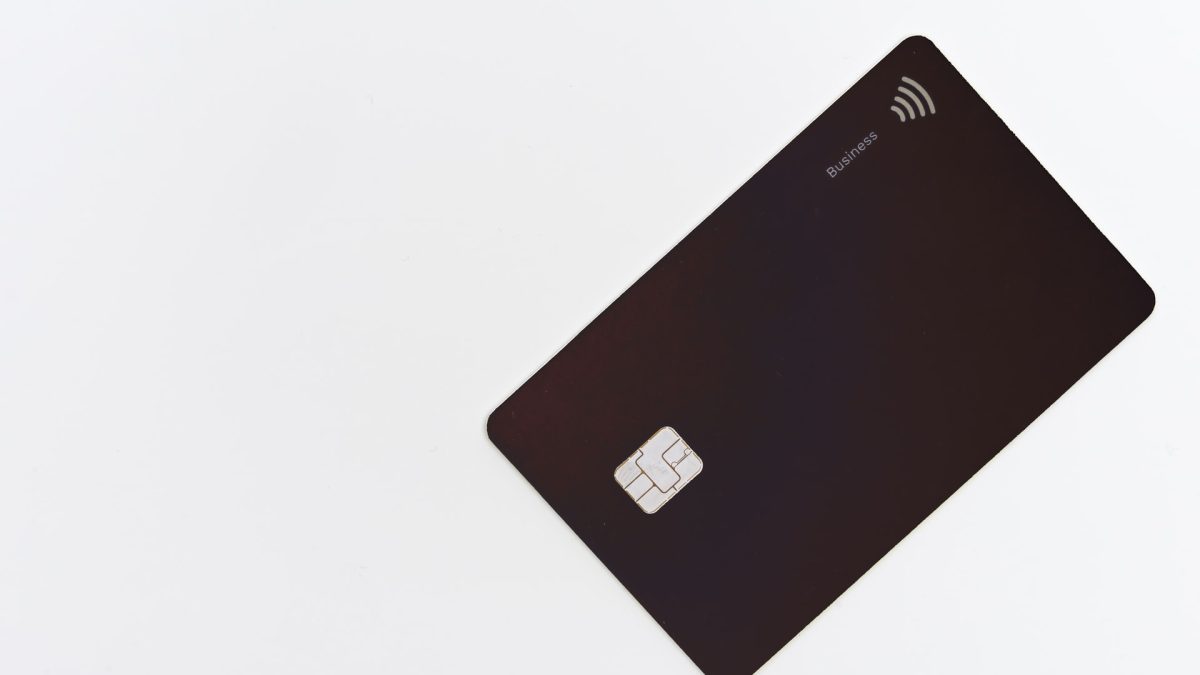Running a small business is exciting. But figuring out how to accept payments? That part can be confusing. Don’t worry! This guide will help you understand payment processing in a simple and fun way.
What Is Payment Processing?
Whenever a customer pays you, their money has to travel from their bank to yours. That journey involves a few important players:
- The customer – They swipe, tap, or enter their card details.
- The merchant (you) – You accept the payment.
- The payment processor – This company makes sure everything runs smoothly.
- The bank – Both yours and the customer’s bank help move the money.
It all happens in seconds, but there’s a lot going on behind the scenes!

Types of Payment Methods
Customers like choice, so offering multiple ways to pay is smart. Here are the most common methods:
- Credit and Debit Cards – Visa, Mastercard, and others dominate the market.
- Mobile Payments – Apple Pay, Google Pay, and Samsung Pay let customers tap their phones.
- Online Payments – Services like PayPal and Stripe help with e-commerce transactions.
- Bank Transfers – Some customers prefer direct transfers for larger payments.
The easier you make it for customers to pay, the more sales you can make!
Choosing a Payment Processor
Not all payment processors are the same. Here’s what to look for when picking one:
- Transaction Fees – Some charge a small percentage per sale.
- Setup Costs – Some require an upfront payment, while others don’t.
- Payout Speed – How fast will you get your money?
- Security – Protecting your customers’ data is crucial.
Popular payment processors include PayPal, Square, and Stripe. Compare them to find the right fit!
How Transactions Are Processed
Here’s a quick breakdown of what happens when a payment is made:
- The customer enters or taps their payment details.
- The payment processor securely sends the data to the bank.
- The bank approves (or declines) the transaction.
- If approved, the money moves from the customer’s account to your merchant account.
- You get paid! (Usually within a day or two.)

Keeping Payments Secure
Security is a big deal in payment processing. Here are a few ways to keep payments safe:
- Use a secure payment processor – Look for PCI compliance.
- Enable fraud protection – Choose providers that offer fraud detection tools.
- Use encryption – Protect customer data with SSL encryption.
Cyber threats are real, so take security seriously!
In-Person vs. Online Payments
If you have a physical store, you need a point-of-sale (POS) system. If you sell online, you need a payment gateway. Many businesses need both!
Here’s how they compare:
| Feature | POS System | Payment Gateway |
|---|---|---|
| Where It’s Used | In-store | Online |
| Requires Card Reader? | Yes | No |
| Speed | Instant | Depends on the payment method |
Consider where your customers shop before choosing a system.
Final Tips for Smooth Payment Processing
Want to keep your payment experience hassle-free? Follow these tips:
- Test your system – Make sure transactions go through smoothly.
- Offer multiple payment options – The more ways to pay, the better.
- Keep your software updated – Software updates fix bugs and boost security.
- Train your staff – Make sure they know how to handle transactions.

Conclusion
Payment processing doesn’t have to be intimidating. Choose the right processor, keep payments secure, and offer multiple payment methods for customers. With the right setup, you’ll make getting paid quick and easy!
yehiweb
Related posts
New Articles
WordPress maintenance price: typical tiers
Running a WordPress website involves more than just launching it and adding content. To keep it secure, fast, and reliable,…


